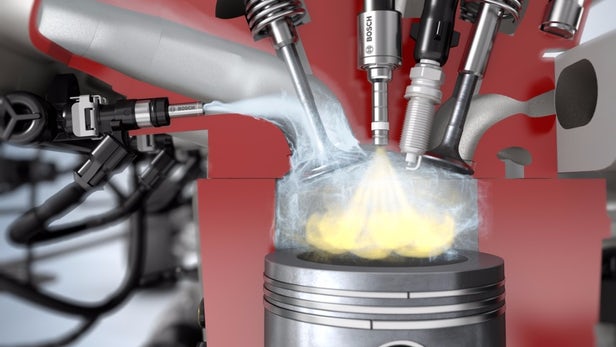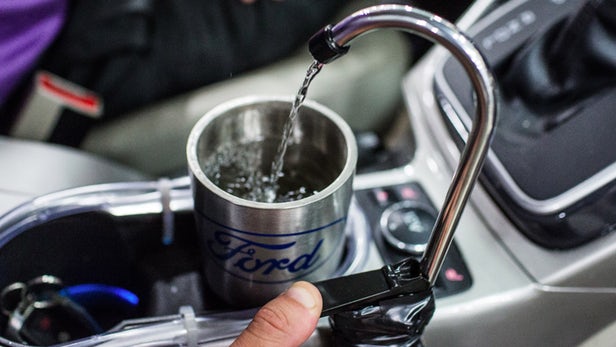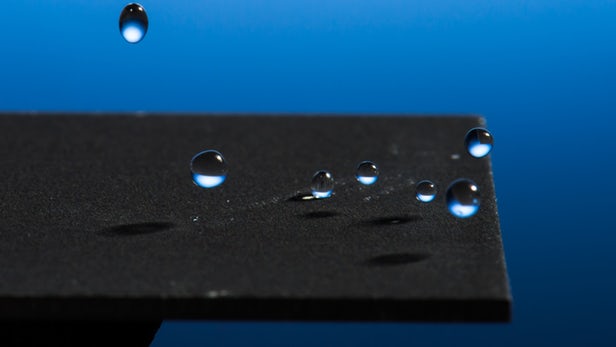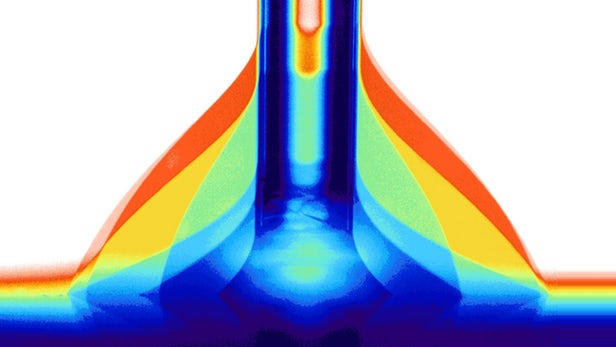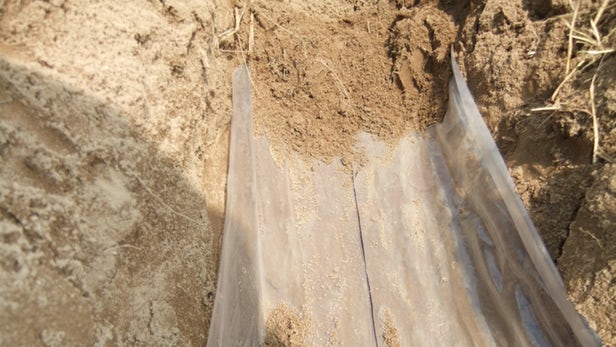Water injection has recently found a home on the BMW M4 GTS, but the technology hasn’t really drifted down to more mundane metal yet. Bosch wants to change that, offering up its water injection technology to other manufacturers with the promise of more power and better fuel efficiency from compact turbocharged engines.
The main benefit of water injection lies in lowering combustion temperatures within the engine. Current compact turbocharged motors are pushing their limits, both in terms of performance and fuel efficiency. Adding water to the air/fuel mixture lifts those boundaries by actively lowering the temperature within the combustion chamber, allowing a higher compression ratio without the risk of knock. Read more

